The bagworm moth, also known as case moth, in the family of Psychidae, belongs to the insect order of the Lepidoptera (butterflies and moths). The family of bagworm moths is quite small: it contains about 1350 species, but they can be found all over the world. Their name refers to the protective “homes” they build.

Even though the diet of most bagworm moths consists of plants and their leaves, small arthropods are also on the menu for a few species. Unfortunately, trees and plants that are home to bagworms sustain extreme damage as the insects devour through the leaves, often leaving the plants completely stripped bare.

After hatching, the caterpillar of the bagworm moth wastes no time: the larva weaves a silk cocoon around itself and reinforces it with twigs, leaves, and other bits of plants. The result is a small structure that often resembles a tiny house. They provide a safe shell that’s very hard for predators to penetrate, and the locally scavenged building materials give it a natural camouflage against prying eyes.
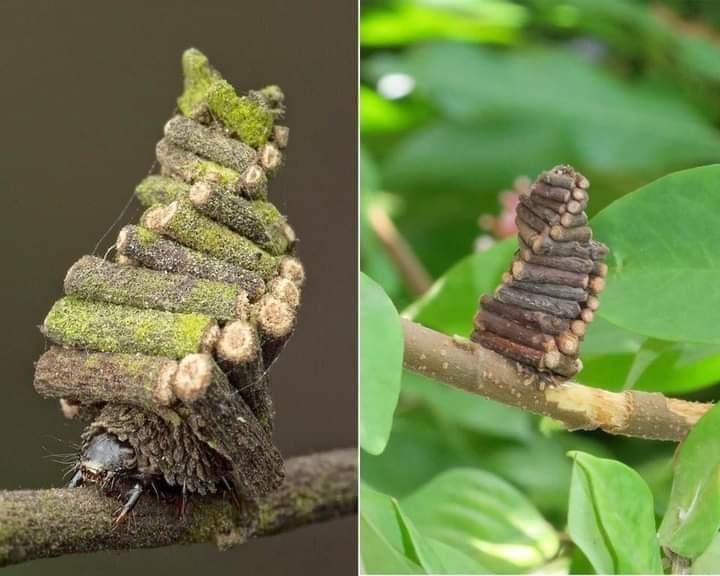
Each species of bagworm moth makes a distinctive looking case, depending on what kind of components are on hand when they start building their tiny homes. Therefore, sometimes it’s easier to tell the bagworm moth species apart by taking a look at their case, rather than the animal itself.
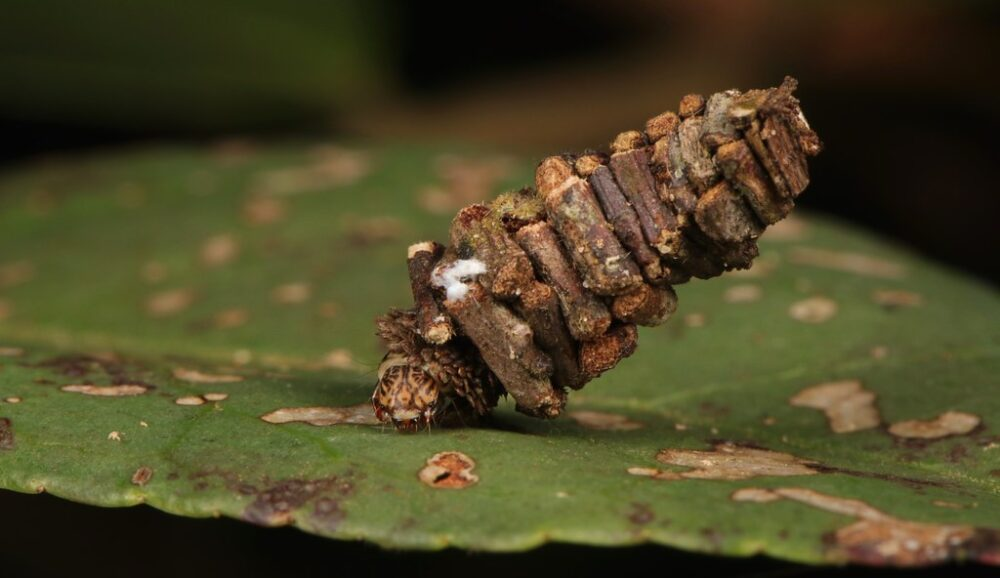
They come in every size and form: cases are usually between 1 and 15 centimeters long, and some may look primitive, while others resemble a pavilion or a log house. As they grow, bagworms expand and attach new twigs or other elements to their homes.
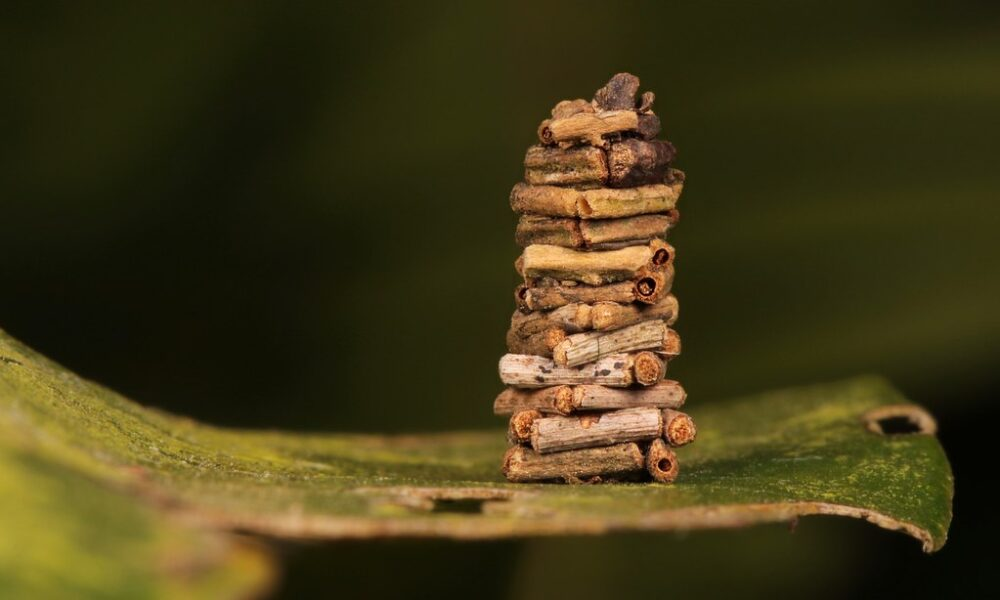
Most commonly, cases can be found attached to trees, bushes, or rocks, but caterpillars can also carry their cases when they are on the move for hunting. Their movement resembles a turtle when they drag their case with their heads out at the top. However, if the caterpillar is in danger, it can seal every opening on the case, completely closing itself from any harm’s way.
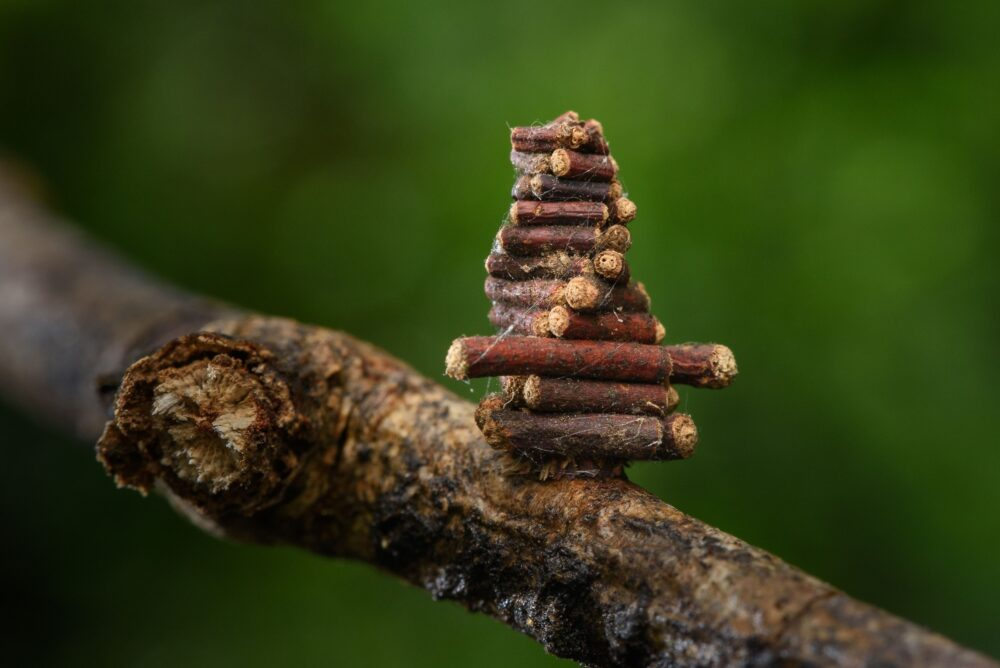
They spend most of their relatively short lives within their well-protected case. While male bagworm moths leave their cases once they have matured into adults and are ready to mate, females stay in their little houses for the rest of their lives, even after they have pupated into adult moths.
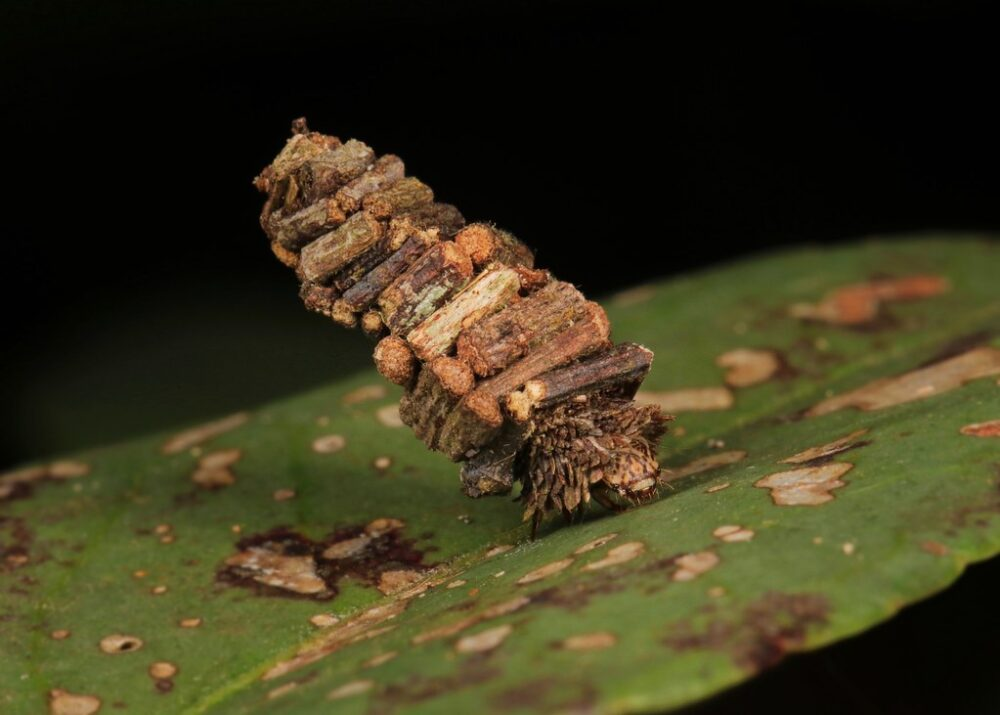
Although, the tiny houses bagworm moths build for themselves are very impressive, they are mostly seen as pests, due to their destructive nature against trees, shrubs, and other plants.
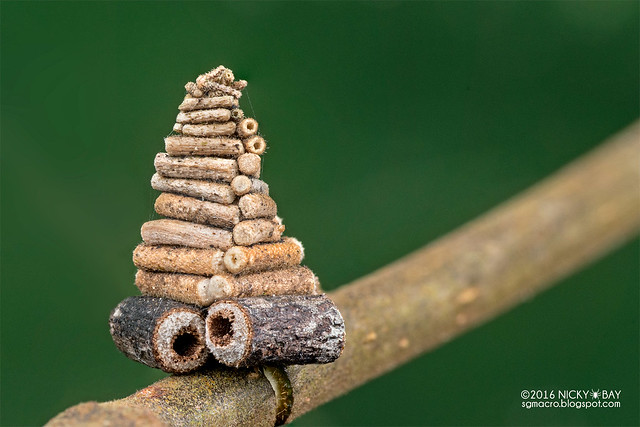
Interestingly, it’s a whole different story on Madagascar. A bagworm species native to the country is bred and farmed on wattle trees, because of how protein-rich their pupae are.

